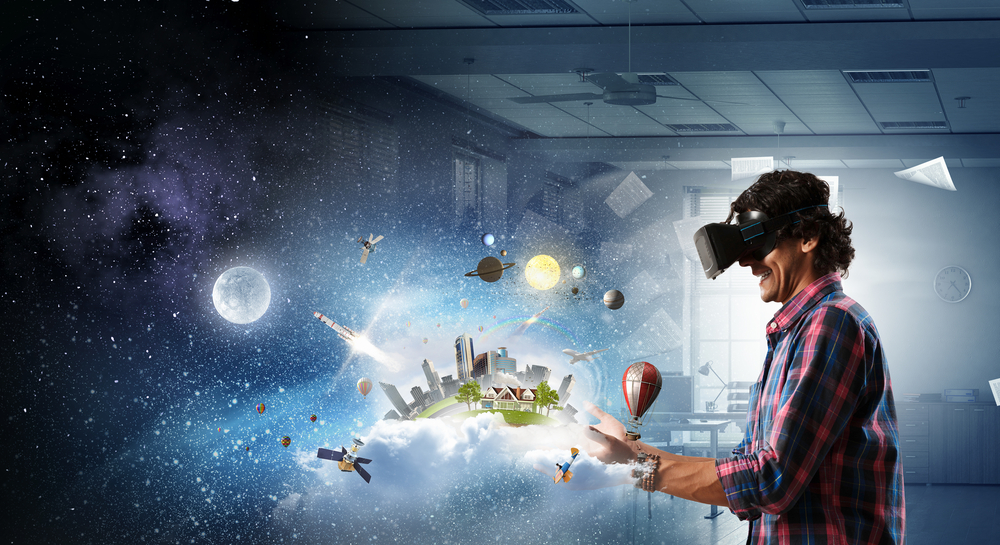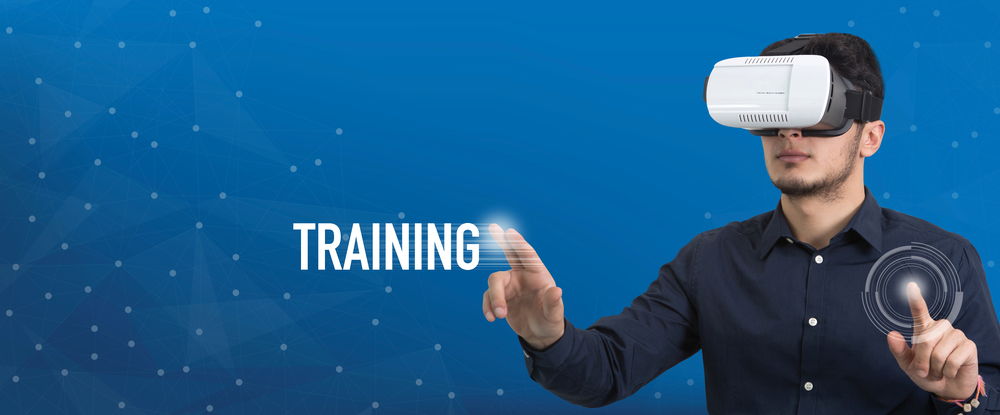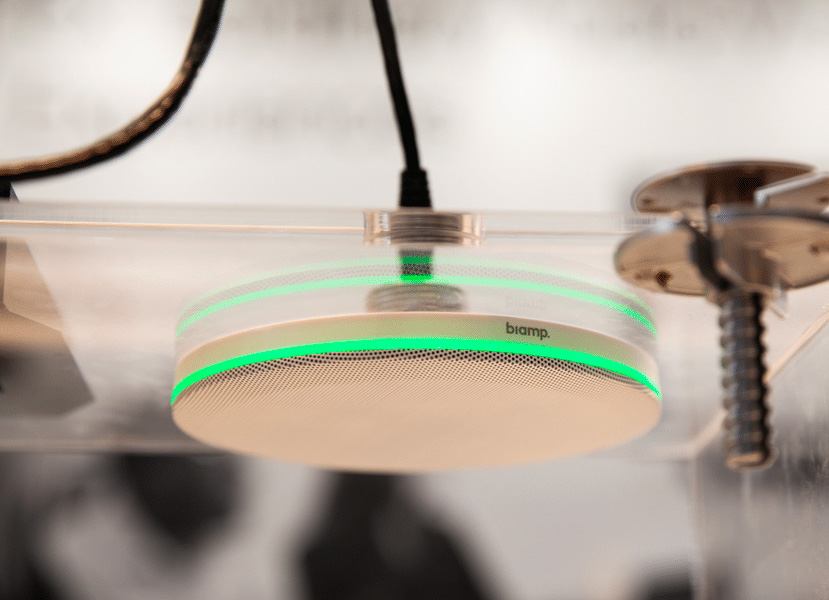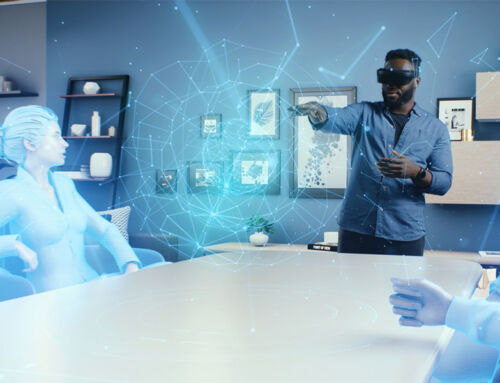The way we all complete work is beginning to change. With so many employees spread out across the world, the challenge is to connect them while bridging generational and cultural gaps at the same time. The right combination of technology and culture can help.
Mixed reality (MR) is an innovation that is already transforming the way organizations work by helping them stay competitive and solve obstacles that are related to the modern workforce. By merging the physical and digital world with devices like Microsoft’s HoloLens to view virtual objects over physical spaces, mixed reality has great potential to help businesses and customers around the world do things that could have never been done before. Read on to learn more!

Holographic Healthcare and Training
One area where mixed reality is having a substantial positive impact is with ground-breaking healthcare applications. A good example is the research program at Imperial College’s Surgical Innovation Centre. A Hololens-based solution provided reconstructive surgeons the ability to overlay 3D scans of patients’ blood vessels and areas of trauma over the same physical areas the scans were based on.
With these capabilities, surgeons can gain accurate 3D representations of key blood vessels in donor areas while also avoiding sensitive areas that can cause issues when a procedure is being conducted. The results of surgeries using this system are showing that the duration of an operation can be significantly reduced due to the HoloLens’ ability to give surgeons more useful information before the start of the surgery. This also means that there is less strain on the patient too.
Mixed reality can also help doctors visualize different ailments while offering easy-to-understand 3D visuals that patients can look at to better understand what’s going on with them. Other HoloLens applications can view 3D holograms of a brain MRI scan, spine models, diagnoses of injuries, and dentistry. Medical applications are also used for education, providing students with top-of-the-line visual learning tools.

Construction and Collaboration
Mixed reality is also a fantastic tool in the construction and architecture industry. A mixed reality solutions company called Trimble created a solution called Trimble Connect that transports on-screen 3D content into the real world using HoloLens, giving project stakeholders enhanced 3D design review, coordination, collaboration, and project management facilities.
With this system, construction workers can overlay virtual wiring and pipes with precision over their real-world positions while allowing remote communication and collaboration capabilities and in-depth context to what would have originally been a complex series of 2D diagrams. The HoloLens has also been used to create 3D models of architecture so users can actually walk around inside of them.
Additionally, mixed reality allows collaboration in building sites, factory floors, meeting/conference rooms, and more. There are also other MR solutions for HoloLens that allow multiple people to work together no matter where they are in the world. One of these is the HoloMeeting app that offers a virtual holographic remote meeting solution so that users’ virtual avatars can view and interact with 3D models in real-time with audio, video, and annotation support, mimicking what is done in a real meeting.
This solution also allows co-workers from across the world to replicate in-person collaboration in a way that is unmatched to any other conferencing tech that is available today. It is set to become a standard method of communication in the future, especially as more companies transition to more modern methods of remote working.
About the Author:
Ultimate Technologies Group is the global expert in virtual communication and collaboration technology. When it comes to high-end Audio Visual technology solutions, we are trusted by some of the most respected brands:
Commercial AV News & Thought Leadership:

2022 RedDot Winner – Yealink’s MeetingBoard 65

Sound Masking vs. Sound Absorption: Improving Conference Room Acoustics

The Current State of Hybrid Work May 2022




